There are currently 3.04 trillion trees and 7.2 billion people on Earth. Theoretically, this means that each person would have to take care of 422 trees, assuming they were all arborists. But, who takes care of trees in other countries? How do other arborists work in other parts of the world? What rules and regulations do they have to follow? What dangerous animals and plants are there? We want to answer all these questions in the new series “Arboriculture around the World”.
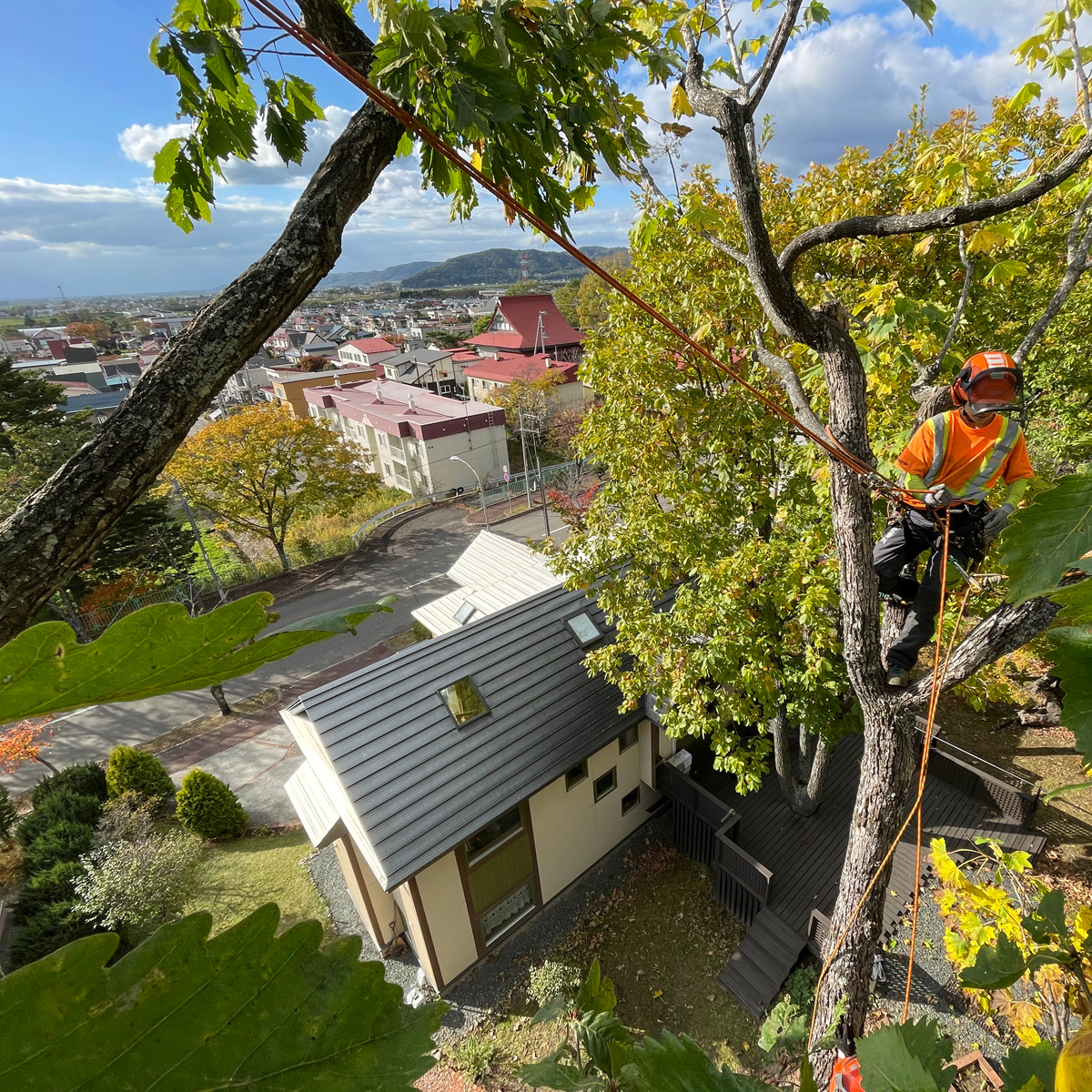
Our fourth destination for answering these questions is in the Pacific Ocean. The 6852-island country we are visiting today is called Japan. The land of the rising sun is the last country in the world to have an emperor. However, Emperor Naruhito has no state duties, only ceremonial ones. As part of the G7, Japan is one of the largest industrialized nations in the world. Historically, Japan is even the first industrialized nation in Asia and has not only a very highly developed economy, but also the third largest national wealth, as well as the highest life expectancy in the world.
We were fortunate that Nanako found the time to answer our questions during an interview, giving us the opportunity to learn more about the tree care scene in Japan.
Nanako, where did you grow up and where do you work now?
I grew up and work in Tokyo, Japan.
There are several ways to become an arborist in Germany. How does arborist training work in your country? Is a specific school education or degree required here?
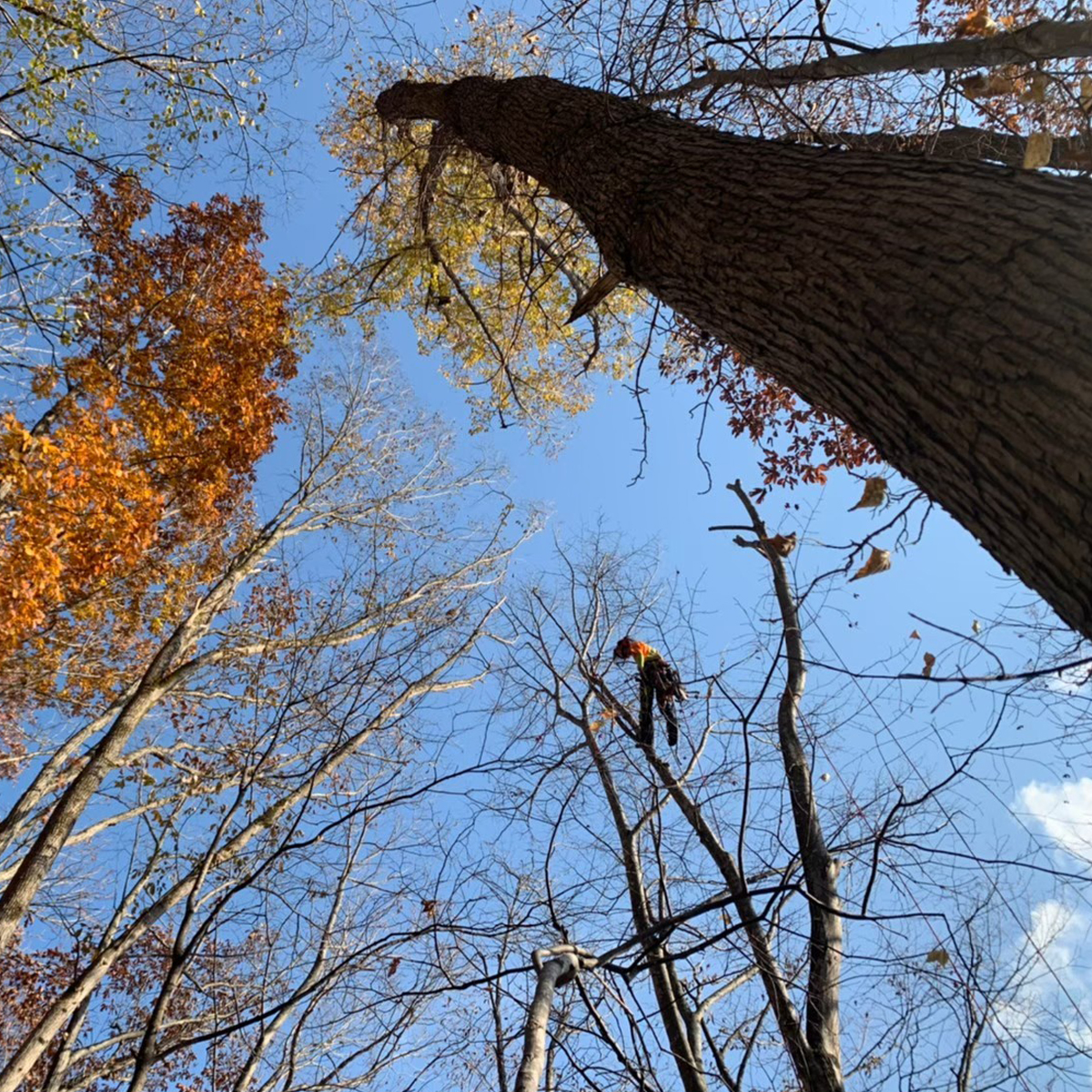
For the profession of climber, there is no school where you learn how to climb trees. You can learn how to climb in the workplace. You just join a company and learn from other employees. There are arborist organizations and training courses that offer one-day or multi-day climbing seminars for the public and professionals. If someone wanted to study arboriculture academically, they could take these types of courses and classes at a university or college. After that, one could continue their education in a company.
How long have you been in tree care? How did you get into arboriculture? And did you always want to be an arborist?
I have been working in this industry for 4 years. I used to be interested in flowers and plants, so I worked as a florist and gardener. But when I was looking for a job in Canada, an arborist company hired me and I started tree care in 2018. I had been interested in this tree care industry before, but there was no opportunity. And it was the right time to start a new career.
Our followers on Facebook and Instagram are very clearly divided. 90% are male, 10% are female. What do you think is the distribution between male and female arborists in your country?
As far as climbers are concerned, I estimate that the percentage of female climbers is less than 10%. But as for non-climbing arborists, the percentage of females seems to be 20% or more. I believe that the number of female arborists is slowly increasing. However, I have not seen any female climbers in my area for some time. As a profession, gardeners and forestry workers are very popular in this country, so people know how to find a job, but tree climbers are not well known as a profession. I think some Japanese people confuse the word “arborist” with “tree climber.”
How would you describe the cohesion of arborists in your country? How are you connected to the international community?
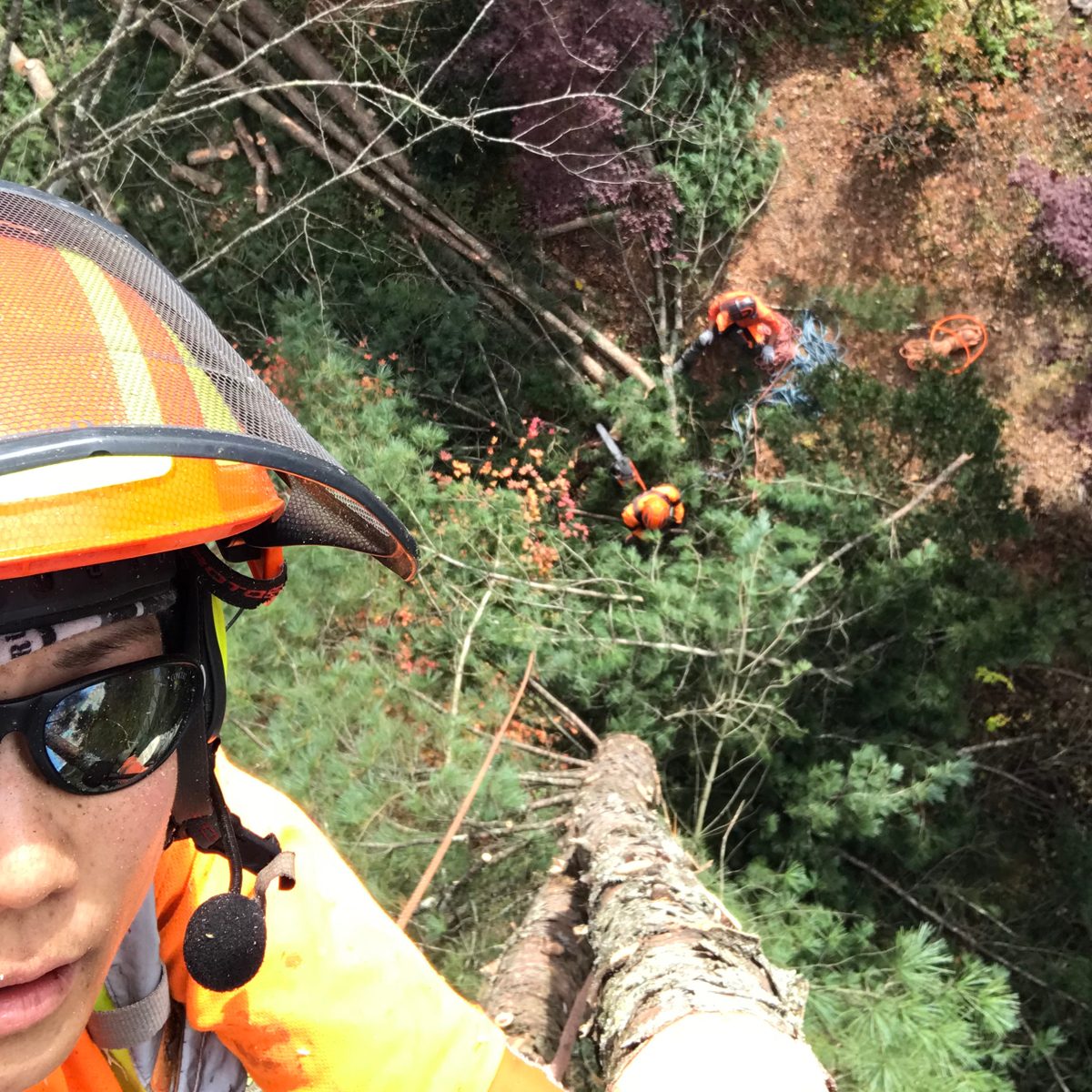
In my country, the arboriculture industry is very complex. There is a Japanese “tree doctor” certification, which is the most widely used in the industry. And the “re” is an organization of ISA. But unfortunately, its policy or/and the way of management is not very attractive to the public. There is also an organization of traditional garden industry. These two industries overlap to some extent, but they do not help each other to make improvements and changes, especially in safety standards. I connected with this international community through Facebook and Instagram. When I started this career in Canada, my boss introduced me to a Tree group, Tree life, on Facebook. I also posted things in English on Instagram to be seen by international arborists.
Can you imagine working abroad? If yes, where? If no, why not? Or do you already have experience in this area?
Yes. Whenever and wherever a company hires me. But I speak English and Japanese, so maybe English-speaking countries are easy for me. My first career was in Canada, where I worked for about a year.
Now to the technical questions.
Which devices do you use? Do you import equipment or are there also local manufacturers?
I use Petzl, DMM, ISC, Rock Exotica, Clogger, Stihl, Husqvarna and others. There are not many Japanese brands. We use things that everyone likes. I imported things through online stores when their prices were cheaper than in the stores in Japan.
What kind of regulations – for equipment – are there in Japan? How strictly are they followed and controlled?
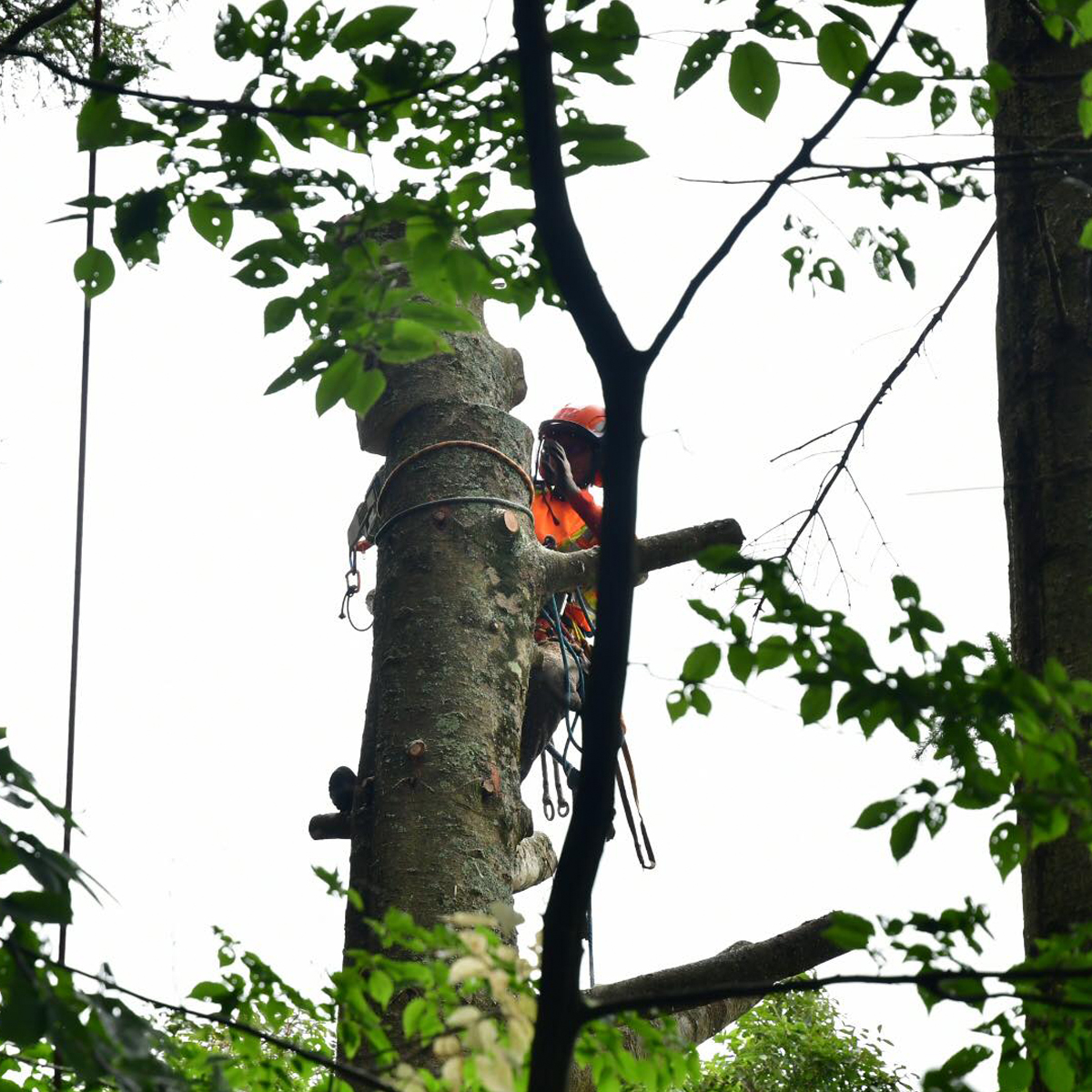
The regulations for equipment are similar to the ANSI regulations. Some companies abide by them honestly, but others, especially old-style companies, do not. Their excuse is that they have been using the old method for a long time and that efficiency and speed of operation would decrease if they adapted to new methods. However, we ourselves largely adhere to ANSI. I can’t say that I follow Japanese regulations, because there are contradictions or inconsistencies. One reason is that the regulations for rope workers in Japan apply not only to arborists but also to building maintenance personnel. They work with different equipment and, of course, their work style is not the same. But both have to follow the same regulations, so some of the regulations don’t make sense for all of us.
Do you climb SRT or DRT? Or both in combination?
I climb both, e.g. ZigZag, Hitchclimber and Prusik, rope clip and Akimbo.
What’s your preferred rope device or clamp knot?
Zigzag for DRT. Akimbo and maybe Unicender.
What is your favorite tool or product?
Petzl Flow, because it is soft and flexible. Easy to tie, tighten, adjust and untie.
The USA is known for its sequoias, Japan for its cherry blossoms. Which tree is special to your country and what is your favorite?
Zelkova (Zelkova serrata), Sugi (Cryptomeria japonica), Ginkgo (Ginkgo biloba), Schwarzkiefer (Pinus thunbergii) und Kampferbaum (Cinnamomum camphora) are special. My favorite tree is the magnolia tree because its scent makes me feel relaxed.
Canada has bears, India has tigers, Germany has the Oak processionary moth and Australia has many poisonous and dangerous animals. What is the most dangerous animal in the tree or in the environment that could get in your way?
Brown bears and leeches for humans. Ragweed beetles for oaks, a nematode for pines, and the longhorned beetle from China for cherry trees.
But not only animals can be dangerous. What are the most dangerous plants you can encounter?
Sumac and Kalopanax septemlobus. Robinia pseudoacacia because they are non-native species and they have thorns.
In Germany, some species of flora and fauna are protected. Do you also have species to watch out for or do you protect things in your own way?
As for animals, there are raptors, owls, cranes and others. As for plants, wild orchids and pansies, or violets. Japan has its own red lists, which are updated every 5 years. So we can find out which species are threatened with extinction. But the development of roads and highways continues and these are the main reason for their extinction.
In Germany, the peak season for tree pruning starts in April. In which period or at which time of the year is the peak season for tree care for you?
It depends on what kind of tree maintenance we do. In autumn and winter we are very busy pruning trees, especially in snowless areas.
Depending on the country, there are different seasons or dry and rainy seasons. What was the most extreme weather you worked in? Heat? Ice? Rain? Storm?
An autumn day with heavy rain and cold wind. And our off-road vehicle was stuck at a garbage dump. We were shoveling out the chips with our hands around the tires. Our bodies were completely chilled out and had no energy left. I think snow is better because then we can stay dry, but when it rains, we freeze even when the rain stops.
In some countries it is not so easy to call an ambulance quickly. How quickly would an emergency rescue service reach you if you needed one?
When the accident happens in the city, it happens pretty quickly. It takes 10 minutes at the latest. The average time until the arrival of the rescue service in Tokyo is 7 minutes. In addition, there are many electric shock devices cardiopulmonary resuscitation devices for ordinary people, called AED. Many schools, train stations, city halls and other buildings of certain sizes are equipped with at least one AED.
What role do local governments and communities play in promoting and supporting tree care in your home country?
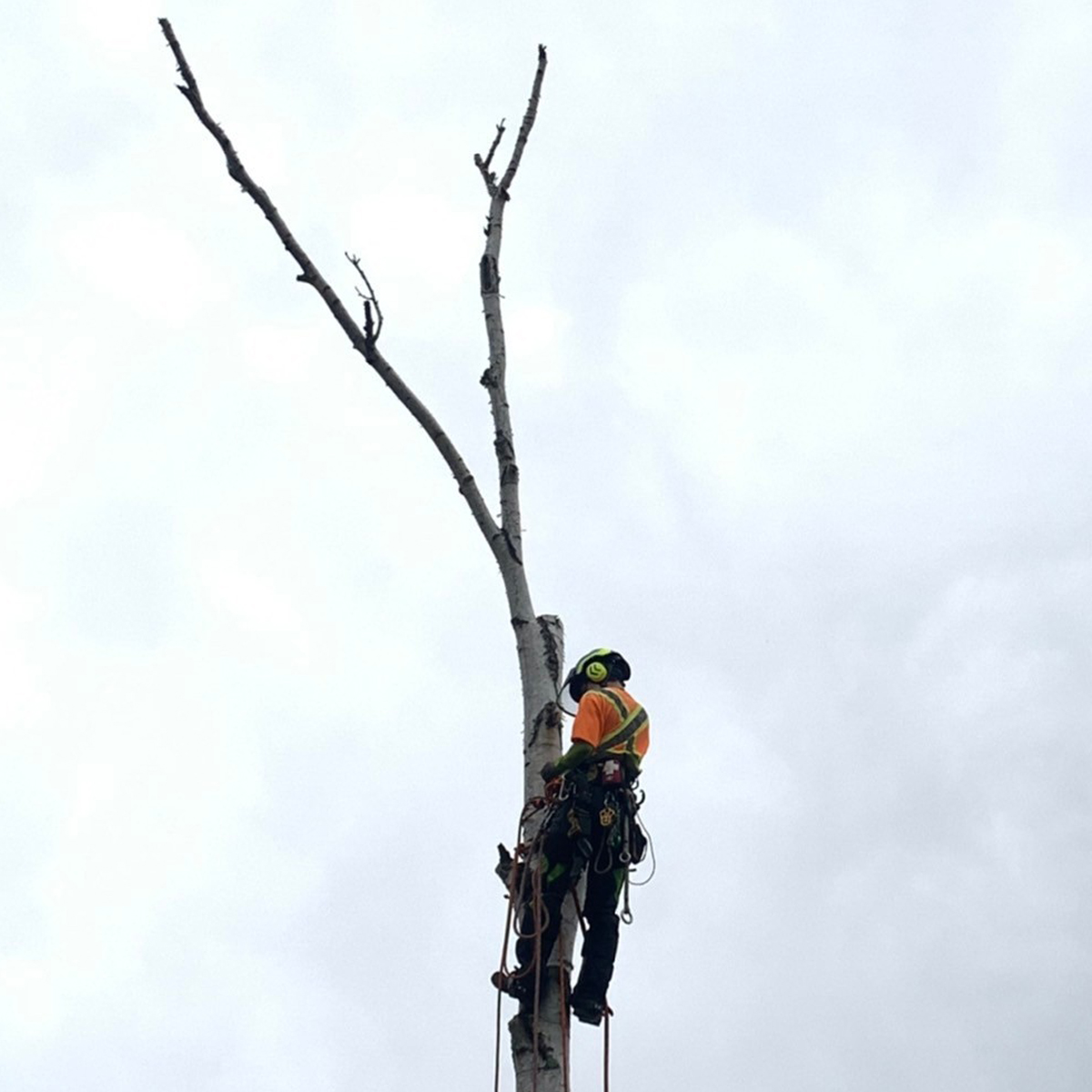
In Japan, there is hardly any system to support tree care. Street trees are poorly pruned. It’s a shame. But that’s because we have quite a few rain storms and strong winds every year. In order to prevent damage and accidents and reduce maintenance costs, pruned street trees are part of the disappointing cityscape.
What are the future prospects for tree care in your home country and what can be done to maintain and promote the health and beauty of trees?
I hope that the average income in our industry will be increased. In fact, low wages are a big problem in Japan. The prices of everything have increased, but the income has not increased as much. I also hope that the insurance system for freelancers or contract climbers will be improved. The insurance system is inadequate, especially for freelancers. In Japan, for example, arboriculture is between horticulture and forestry. Some gardeners climb, and some forestry workers also climb. Depending on who the builder or contractor is, a certain type of climbing activity is classified as part of the construction industry and another type of climbing activity is classified as part of the forestry industry or even a different industry. And there are few insurance systems that cover these industries. This means that we have to buy separate insurance for each industry, just in case there are accidents or injuries. This is ridiculous. So I hope that these systems will be integrated and make things simpler and easier for us economically.
And the last question. What was your most spectacular or beautiful day at work that you will never forget?
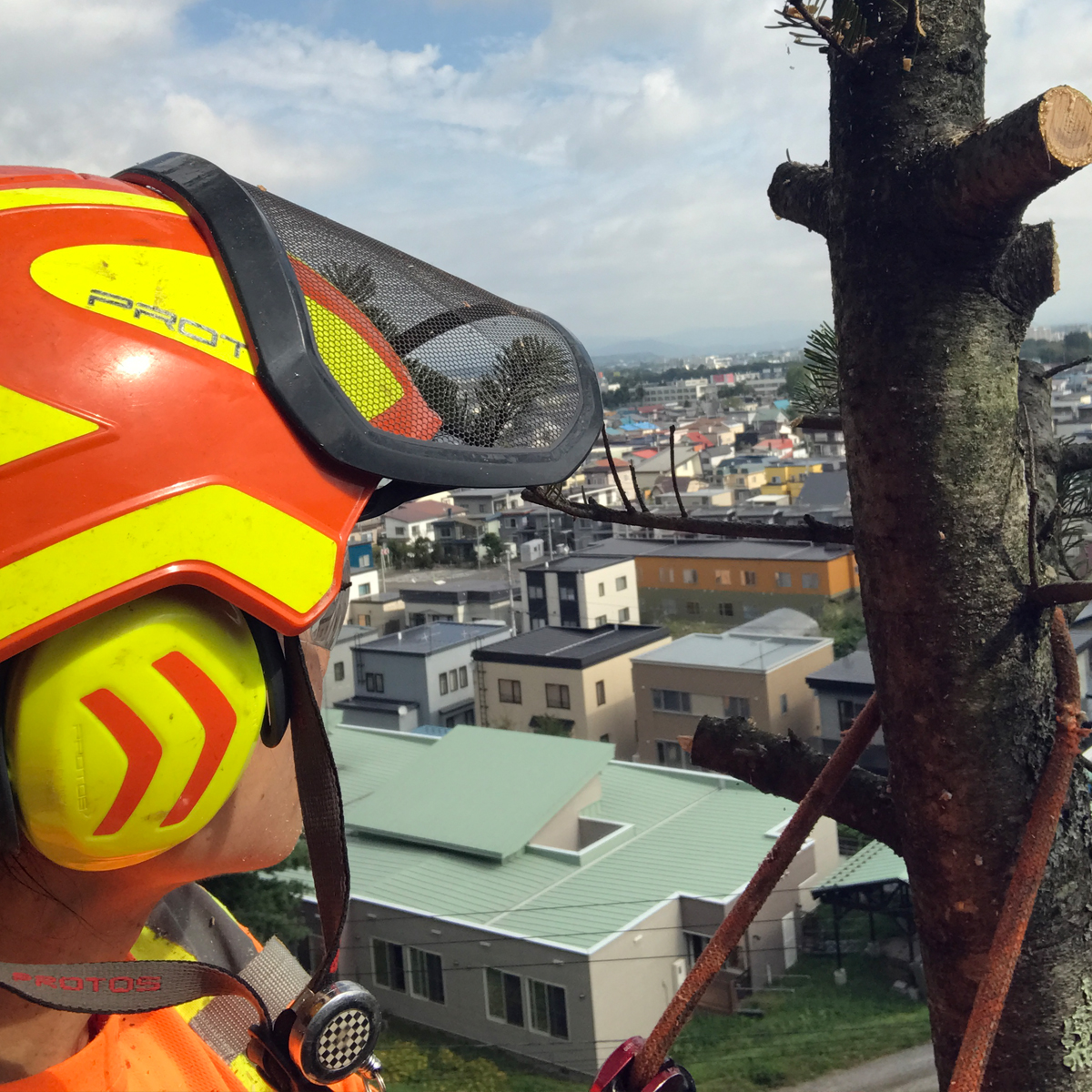
It was two large fir removals, when I had only basic knowledge and did not have much skill. The customer was the owner of a racehorse farm. The first fir was directly behind the owner’s house, but there were medium height trees between the house and the fir. I climbed up early in the morning, did some simple belaying, and climbed back down around 3pm. My colleague then felled at the end. On the second day, the so I didn’t freeze, but I was tough enough and enjoyed the beautiful view from the top of the tree. I was very encouraged by the challenge.
Nanako, that’s it for the interview. At this point, thank you again for this great opportunity and your participation. It’s incredible how different the scene already is in a few thousand kilometers. Stay healthy and keep having fun at work. If you want to know more about Nanako and the arboriculture scene in Japan, feel free to check out her Instagram
.
In the next article we will travel to the sunny west of Europe. Well-known cities of our destination are Barcelona, Valencia, Seville and the capital Madrid. The country is called Spain. Until then, climb up safe!
